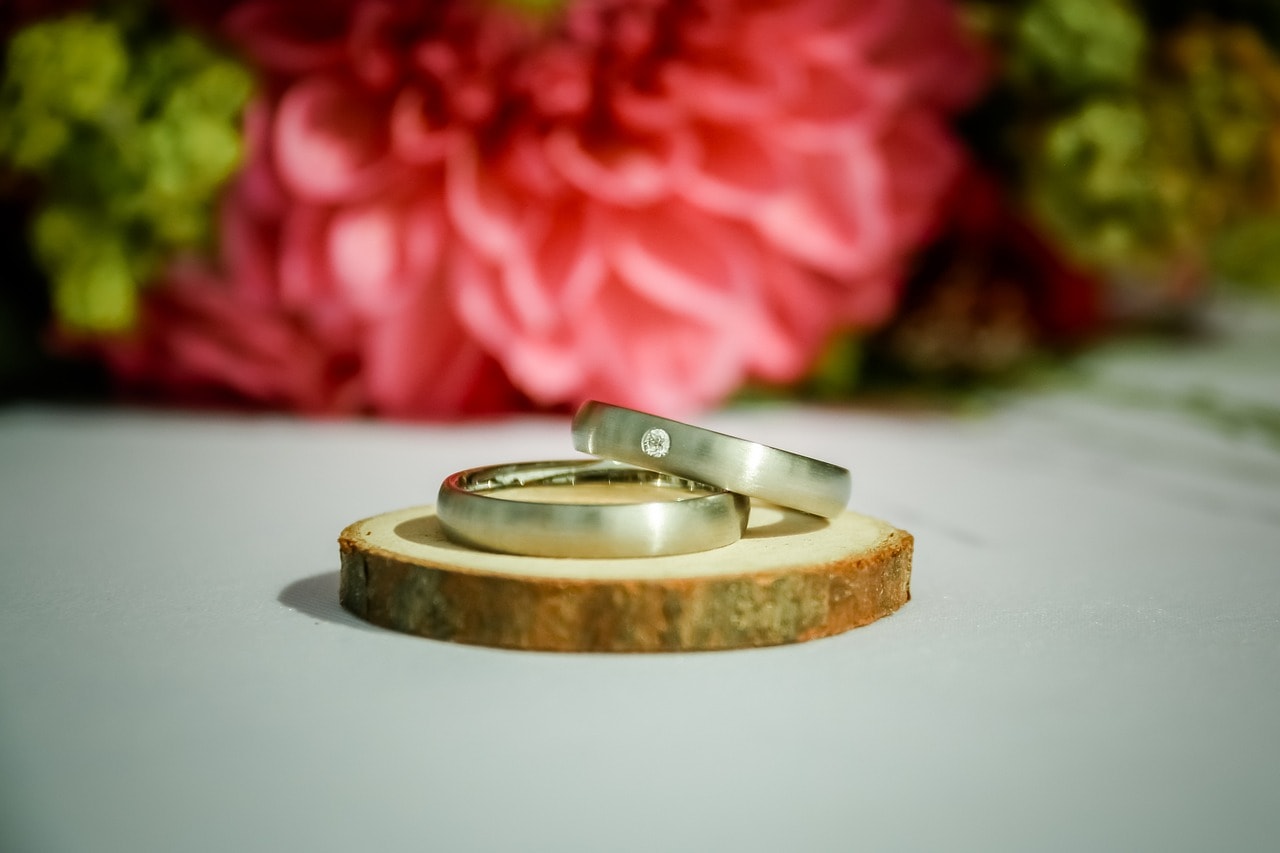
Table of Contents
Platinum is a precious metal that was only introduced for use in jewelry during the 19th century. Currently, it’s the second-most popular precious metal and is a highly desirable base metal for crafting fine jewelry.
Does Platinum Jewelry Tarnish?
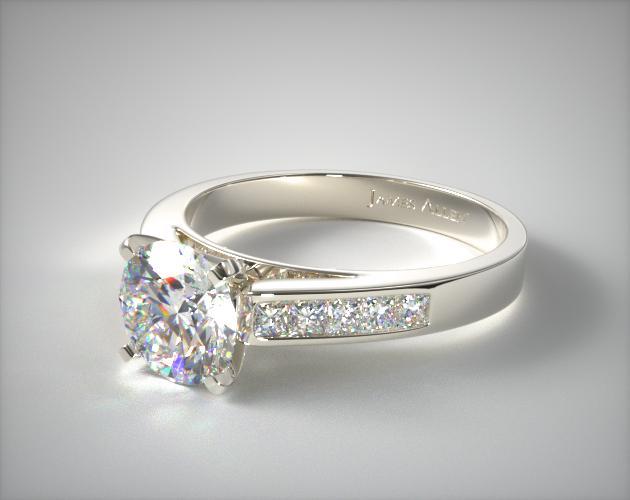
Regardless of its rarity, even gold can tarnish when not properly cared for. So, this begs the question: does platinum tarnish?
Unlike many other metals, platinum does not tarnish. This is due to its inherent qualities, including its resistance to corrosion and oxidation. However, platinum jewelry may develop a patina over time, which is a natural dulling of the surface. This patina can easily be removed with professional polishing, restoring the jewelry to its original luster.
In most cases, it’s not that detrimental to the jewelry, and depending on how you look at it, patinas can actually enhance the beauty of your piece.
Platinum vs. Gold
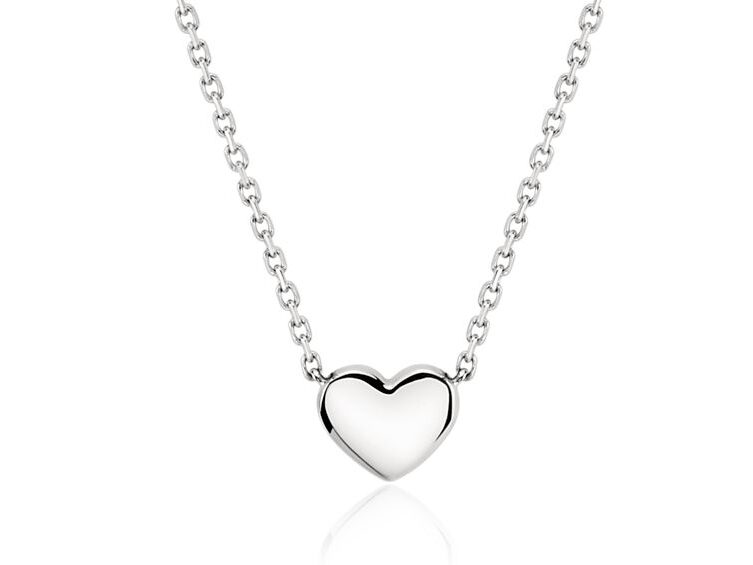
Platinum is an unreactive noble metal, but compared to gold, it’s stronger, heavier, and denser. It’s said to be 60% heavier than 14k gold (58.3% pure gold), and its alloys don’t require as many foreign substances for it to be malleable enough.
As such, most platinum alloys contain 95% pure platinum with only 5% of either iridium, cobalt, ruthenium, or palladium when it’s developed into fine jewelry. Meanwhile, 14K gold – the most enduring gold alloy – requires 41.7% of foreign alloys but still can’t seem to achieve the same level of toughness.
Because of its extreme purity and lack of irritating foreign substances, platinum is the definition of hypoallergenic metal for jewelry. It can never irritate your skin and would be the safest choice for people with high sensitivities.
Platinum jewelry is also exceptionally resistant to scuffs and scratches, chipping, and corroding. It won’t tarnish, rust, or discolor, making them true heirloom pieces that can last for generations.
Platinum vs. White Gold
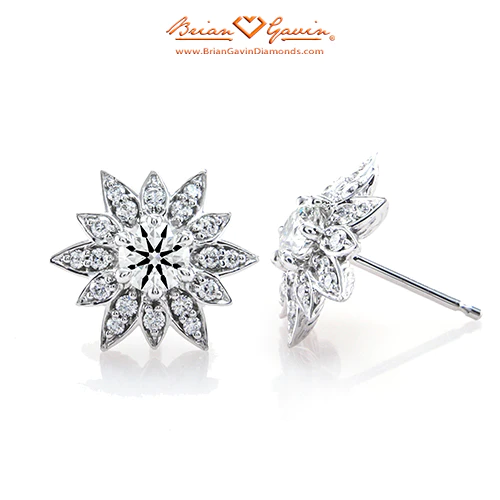
Platinum jewelry is often compared to white gold because of its color and luster, with many jewelers praising white gold as the proverbial “silver icing” on a diamond engagement ring. Ironically enough, white gold is just that: icing because when the rhodium plating wears off, the metal loses its shine and silvery color, revealing a dull yellow tint.
So, with white gold jewelry, it’s likely you’ll find yourself spending hundreds of dollars getting it recoated. It’s never the case for platinum jewelry since they never lose their signature icy steel shine and won’t cost you that much to maintain them.
In the long run, platinum is a more sound investment than white gold, or any other precious jewelry alloy for that matter, because of its intrinsic durability. That said, platinum jewelry is heavier and more expensive upfront.
Also, platinum jewelry tends to create patinas on the surface. So, let’s talk about this unusual phenomenon and how to handle it.
How Does Platinum Develop Patinas?
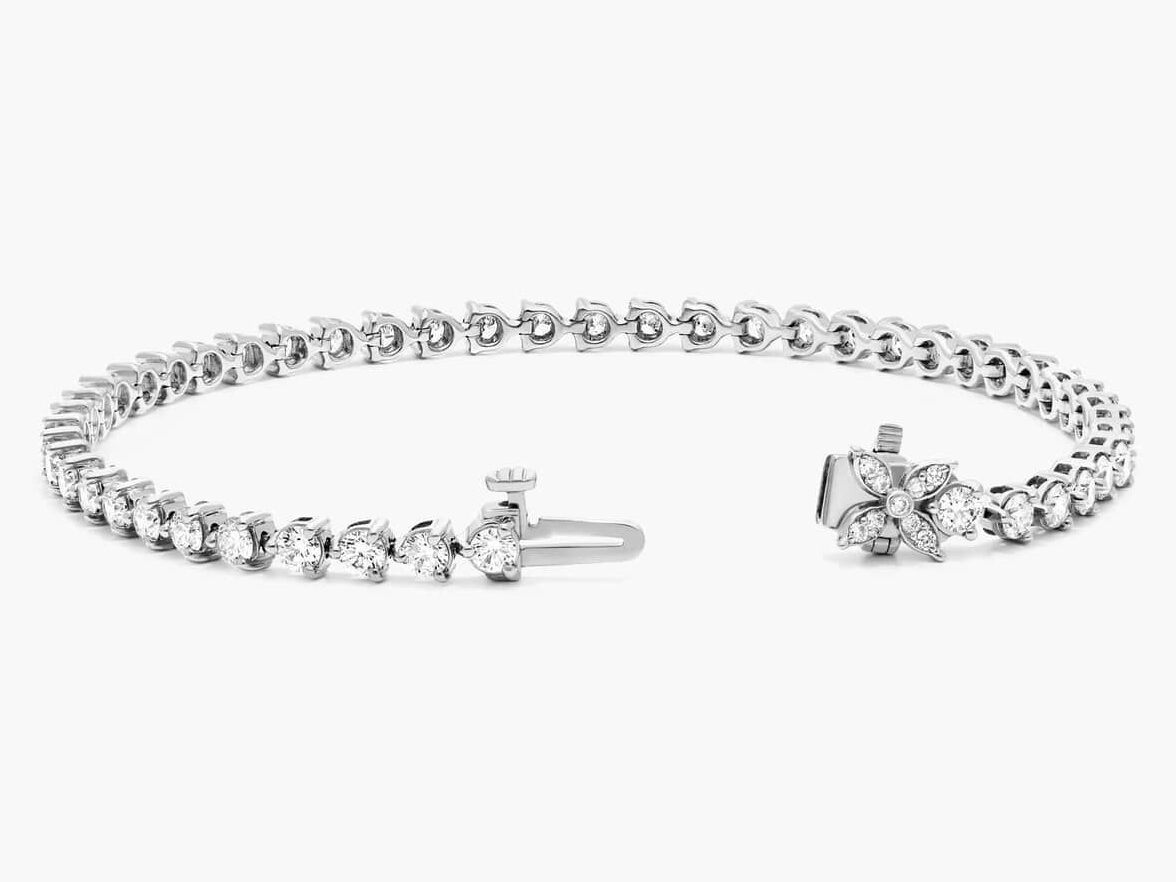
With regular use, the surface of the platinum alloy accumulates fine scratches, losing its smooth and sleek finish. When this happens, the texture appears different, giving the surface a more “vintage” looks and feel.
The platinum surface doesn’t lose its signature color, but it looks a bit aged, rough, and slightly lacking in luster. This is because of the patina that forms on the outer surface. In the case of platinum, the patina isn’t a layer of dirt or oxidation; instead, it’s hundreds of tiny dents and scratches reflecting light and giving the appearance of a textured surface.
On rings, patinas can form within three months and will usually start to appear on the bottom (or underside) of the ring shank, where it tends to rub against anything you grip or hold in your hands.
The patina, when fully developed, can act as a protective layer, safeguarding the metal against future scratches. This phenomenon is often symbolic of maturity and wisdom, similar to how people become more competent in life with age and experience.
Apart from that, the antique-like grainy finish adds a personal touch. As such, the platinum patina is valued in some cultures, specifically Japan, and some prefer it over the smooth and sterile finish, going so far as to commission the jewelers to induce one, artificially, on their favorite pieces.
From that perspective, a patina has value, so in line with the profound phrase: a knight in shining armor is a man who’s never had his mettle truly tested, a shining platinum ring that’s never held a patina is a piece that’s never had its “metal” truly tested.
That being said, if you’re still not impressed and prefer to get rid of the patina and restore its original glossy look, don’t worry, you can easily get rid of the patina by following the steps below.
How to Get Rid of the Patina in Platinum Jewelry?
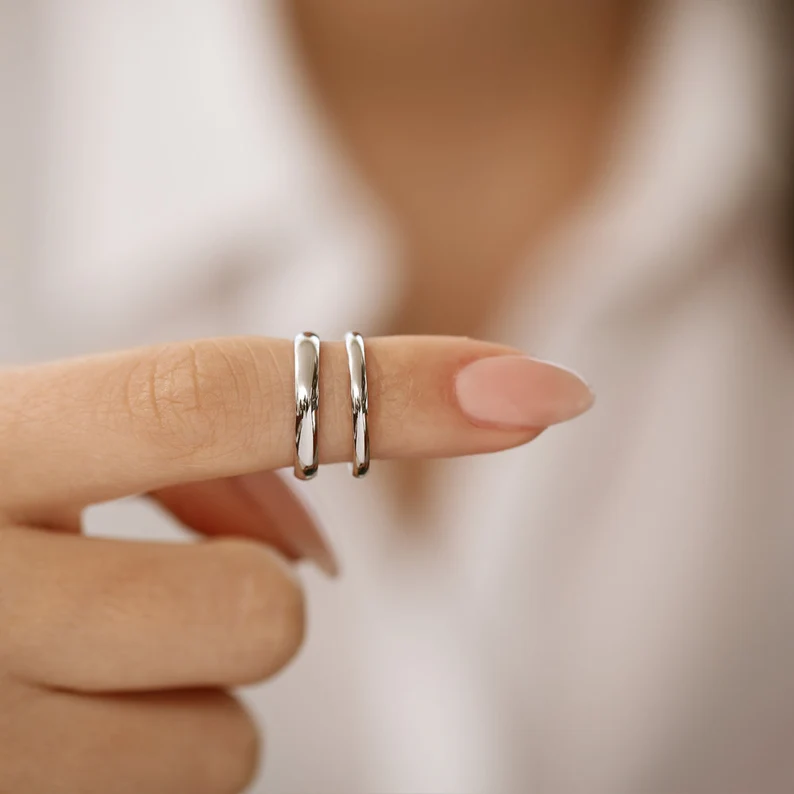
As mentioned, the platinum alloy doesn’t chip or break easily. It can dent or change shape but won’t break. So, because of this highly malleable characteristic, platinum jewelry handles scratches a lot more differently.
Here, they move the deformed material to the side and make way for the scratch, deforming it slightly instead of peeling it off.
As such, platinum jewelry can be polished back to its original shape and luster. All the scratches will buff right out, and you won’t lose any of the precious metal as dust or trimmings.
In most cases, you can polish it yourself using a clean, soft cloth. While doing so, the tiny dents and imperfections will get pushed back into shape, removing any dirt or scratches and buffing it back to its former glory.
But if you prefer to play it safe, you can get it polished by a professional. The entire process won’t take too long and might only cost you $75-$200, depending on the piece.
How to Maintain Platinum Jewelry
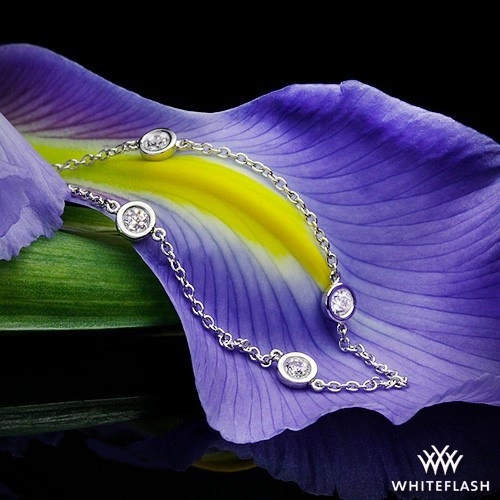
After you’re restored platinum jewelry to its former shine and brilliance and prefer to keep it that way without embracing its patinas, here’s what you should do:
- Clean using only specialized jewelry cleaner
- Store jewelry separately or with cloth dividers
- Remove them before swimming or handling harsh chemicals
- Take them out while gardening or working out
- Clean them (with mild soap and water) regularly
- Get them polished bi-annually with the help of a reputed jeweler
FAQs about Platinum Tarnishing
What is platinum?
Platinum is a precious metal that’s highly valued for its durability, luster, and rarity. It’s often used in fine jewelry due to its resistance to tarnishing and corrosion.
Does platinum tarnish?
No, platinum is highly resistant to tarnishing and corrosion, making it a popular choice for jewelry that is intended to last a lifetime.
Can platinum become dull or lose its luster?
Yes, like all metals, platinum can become dull or lose its shine over time due to exposure to dirt, oils, and other contaminants. However, it does not tarnish or corrode in the same way that other metals do.
How can I clean my platinum jewelry?
To clean your platinum jewelry, use a soft-bristled brush and a gentle jewelry cleaner specifically designed for platinum. Avoid using harsh chemicals or abrasive materials that could damage the metal.
Can platinum be polished to restore its shine?
Yes, platinum can be polished to restore its shine and luster. However, it is important to have it polished by a professional jeweler to avoid damaging the metal.
Is it safe to wear platinum jewelry in water?
Yes, platinum is highly resistant to corrosion and tarnishing, making it safe to wear in water. However, it is still important to clean and dry your jewelry thoroughly after exposure to water to avoid the buildup of dirt or oils.
How often should I clean my platinum jewelry?
It’s recommended to clean your platinum jewelry once every few months to maintain its shine and luster. However, if it becomes dull or discolored, you may need to clean it more frequently.
Is platinum more expensive than gold?
Yes, platinum is typically more expensive than gold due to its rarity and the difficulty of mining and refining the metal. But it’s also highly durable and resistant to tarnishing, making it a valuable investment for fine jewelry.
Wrapping Up
Platinum jewelry can be heavy and expensive, but they’re the ultimate metal for fine jewelry, able to last generations without tarnishing, corroding, rusting, or chipping off.
So even if platinum jewelry can slightly lose its color and shine, it can be easily buffed out and restored to its original condition. They will never fail, provided you’re willing to polish them back or embrace the harmless yet deeply symbolic patinas.









